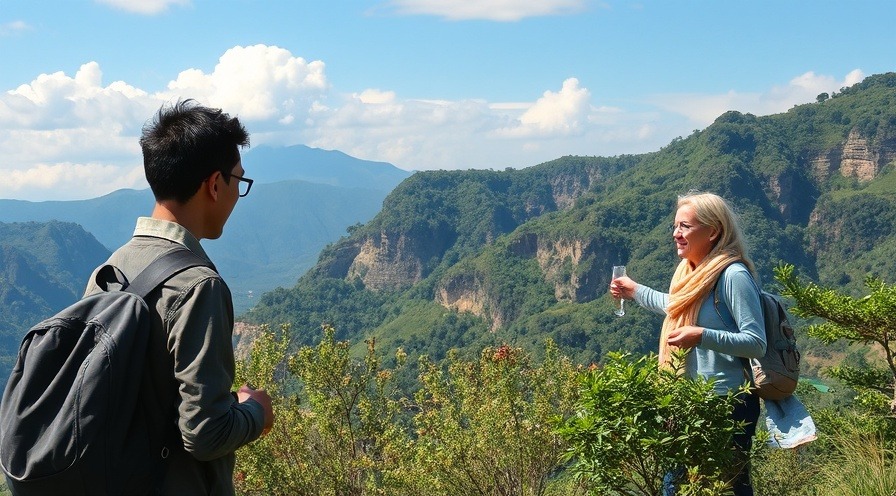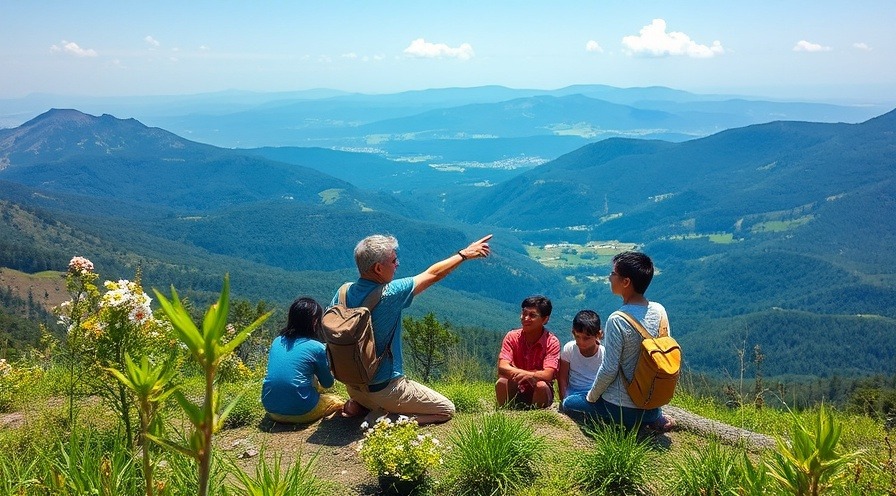
Environmental factors, alongside socioeconomic factors, play a crucial role in shaping individuals’ connection to nature. In countries with lower biodiversity, people tend to express less concern about environmental degradation. This phenomenon could be linked to shifting baseline syndrome, where each generation perceives degraded environmental conditions as normal. Many of these countries have experienced significant biodiversity loss due to human activities, leading residents to accept impoverished ecosystems as the standard and reducing their urgency to protect nature.
Interestingly, despite expressing lower concern for environmental degradation, individuals in less biodiverse countries report higher frequencies of nature experiences. This may be because areas rich in biodiversity often have wild, less-managed environments that could contain potentially dangerous wildlife, making people hesitant to explore these spaces freely.
Another significant factor affecting nature connection is land use. Countries with a higher proportion of cultivated land exhibit lower levels of a sense of oneness with nature. Industrialized agriculture, which prioritizes high yields through monoculture farming, heavy chemical use, and mechanized processes, can degrade ecosystems and reinforce a human-centric view of nature. This perspective can weaken individuals’ emotional and psychological ties to the environment.

Contrary to expectations, natural disaster risk does not negatively impact people’s connection to nature. In fact, individuals in high-disaster-risk areas report more frequent nature experiences. This could be due to the geographical features of these regions, such as warm climates, mountainous landscapes, and coastal environments, which encourage outdoor recreational activities.
Long-term changes in connection to nature can influence national environmental conditions. A weakened sense of unity with nature may lead to decreased participation in conservation activities, which can further degrade biodiversity. Additionally, as people feel less connected to nature, they may prefer urbanized spaces over green areas, reducing their direct interactions with the environment.
The Role of Individual-Level Factors

Personal characteristics significantly impact one’s connection to nature. Social status, for instance, correlates positively with nature engagement. Wealthier individuals often have greater access to green spaces and more opportunities for nature-based recreation, a pattern known as the “luxury effect.” This highlights the need for policies ensuring equitable access to natural spaces, particularly in lower-income communities, to promote environmental justice.
Education also strengthens people’s connection to nature. Higher levels of education enhance environmental literacy and awareness, fostering a deeper understanding of ecological systems. Additionally, learning environments that incorporate nature-based education further solidify emotional and intellectual bonds with the natural world.

Urbanization presents a complex relationship with nature connection. People in highly urbanized areas report fewer direct interactions with nature and a lower sense of oneness with it, likely due to limited access to green spaces. However, these same individuals often express stronger pro-conservation attitudes and greater concern for environmental issues. Urban settings may promote environmental awareness through educational programs, campaigns, and institutional initiatives designed to engage the public with sustainability efforts.
Gender also influences nature connection. Women tend to have stronger emotional ties to nature and exhibit more pro-environmental behaviors than men. This trend may stem from societal norms that encourage women to prioritize empathy and caregiving traits. Despite their stronger psychological connection, women often report fewer direct experiences with nature, possibly due to safety concerns when engaging in outdoor activities alone.
A robust sensitivity analysis confirmed the reliability of these findings. The study excluded outlier data from Japan, where individuals displayed notably lower levels of connection to nature. Even with this adjustment, the identified influencing factors remained consistent, reinforcing the validity of the results.
Implications and Future Directions

This research underscores the necessity of considering both individual and country-level factors when examining human-nature relationships. Historically, studies on nature connection have been concentrated in high-income countries, potentially skewing general conclusions. Our findings suggest that people’s environmental attitudes and behaviors vary significantly across different cultural and economic contexts.
Furthermore, conservation strategies should prioritize enhancing emotional connections to nature, particularly in wealthier nations. These countries have a disproportionate impact on global biodiversity due to their economic activities and consumption patterns. Strengthening their citizens’ environmental engagement through urban greening policies, education, and advocacy efforts could help counteract declining nature connections associated with economic development.

Finally, this study highlights the need for further research exploring additional cultural, social, and psychological factors that shape individuals’ connection to nature. Social norms, parental influence, and personal experiences likely play essential roles in nature relationships in an increasingly urbanized and industrialized world.

 Add Row
Add Row  Add
Add 




Write A Comment